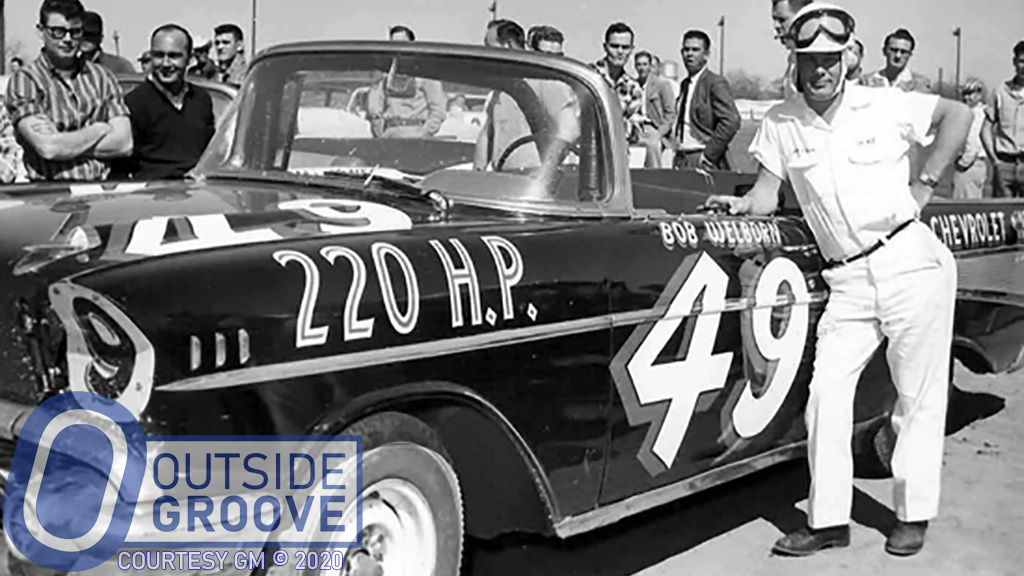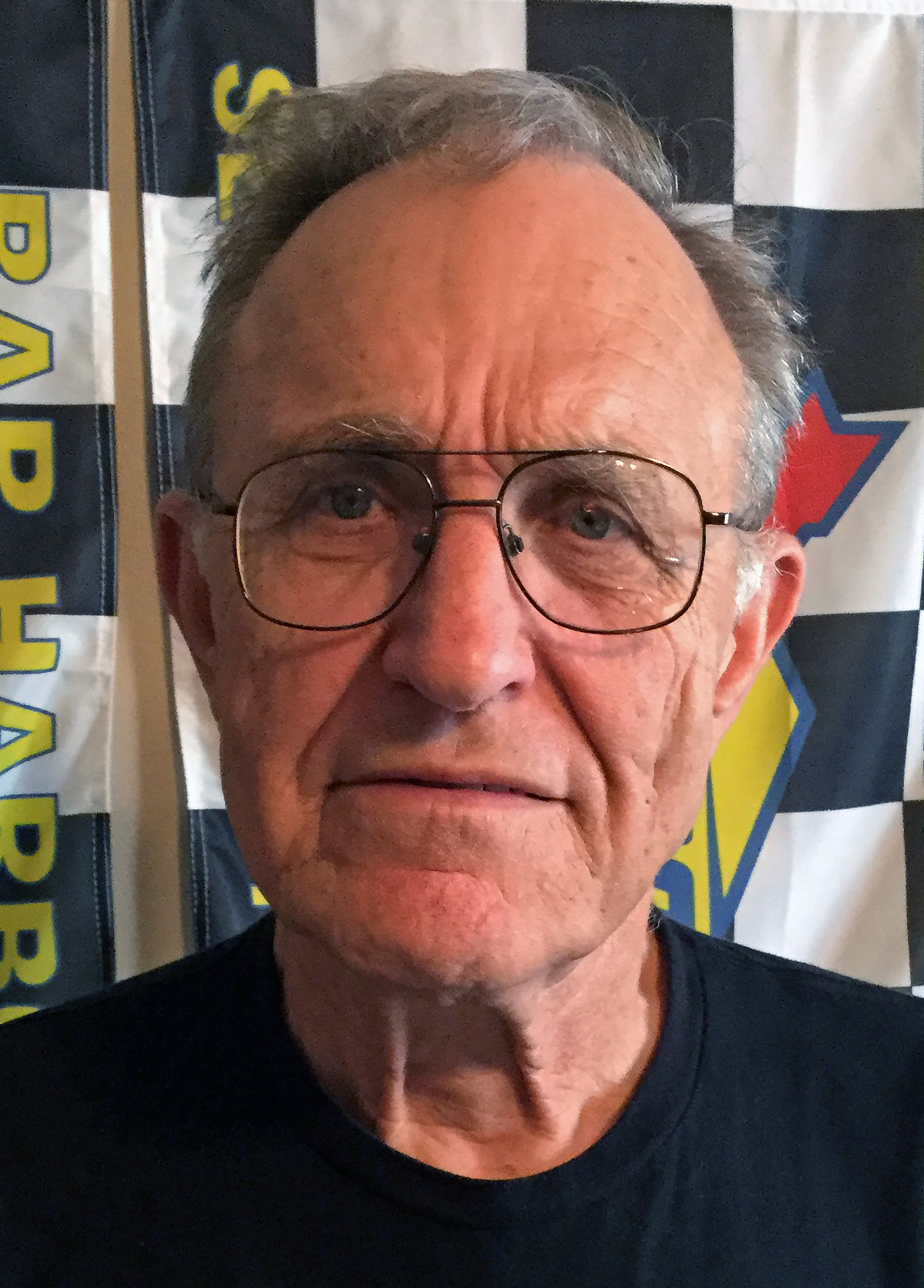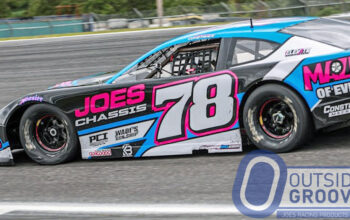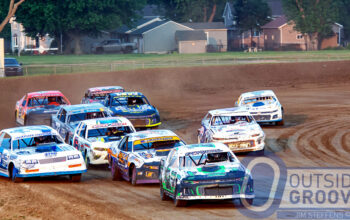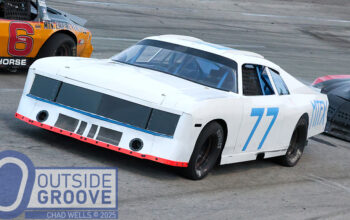The short-lived NASCAR Convertible Series left a mark on the sport, with its effects felt many years after. The origins of the dual qualifying races for the Daytona 500 date back to the inaugural race in 1959, when one race was reserved for convertibles and the other for hardtops. Darlington Raceway held races on Mother’s Day weekend during the 2000s and 2010s, but it also promoted events in the 1950s for the convertibles. Some of the convertibles’ earliest stars included names such as Tiny Lund, Richard Petty, Curtis Turner, Joe Weatherly, and Glen Wood. But, no one was more successful in the NASCAR convertible division than Bob Welborn, who won three consecutive series championships (1956–1958) and 19 races.
Beginnings
NASCAR’s convertible division’s roots go back to 1952, when Chicago-area promoter Chuck Scharf founded the Society of Auto Sports, Fellowship and Education (SAFE). The convertibles started racing near Scharf’s home base and then expanded to tour across the country as the Circuit of Champions All Stars. In December 1955, NASCAR purchased SAFE and started its own convertible series.
Welborn, of Denton, North Carolina, started his NASCAR career by racing modifieds at Bowman Gray Stadium in Winston-Salem, North Carolina. His first start in what would become the NASCAR Cup Series came in October 1952 at Martinsville Speedway. His debut ended early due to steering problems, completing 137 of 200 laps, finishing 20th, and earning $25. His best finish in the Cup Series prior to joining the convertibles also occurred at Martinsville, with a second-place in October 1955 while running his own car. He raced 32 Cup events that year, earning a fourth-place finish in points.
Conquering the Convertible Series
In 1956, Welborn entered the newly NASCAR-sanctioned convertible division. He thought the convertibles were going to take over the sport because fans could see the driver as they raced around the track. Welborn got himself a Chevrolet factory backing when the company entered convertible racing. He competed in 45 out of 47 events, winning three, earning 32 top-fives and 39 top-10s en route to his first convertible championship.
In 1957, Welborn ruled the convertibles, with six wins, 21 top-fives, 29 top-10s, nine poles, and another series crown. He also won his first NASCAR Cup Series race, the October event at Martinsville, in his own car.
In 1958, Welborn upped the win total to eight, with 12 top-fives, 14 top-10s, six poles, in 19 races. On the NASCAR Cup circuit, he raced just 18 of 51 events, but won five behind the wheel of a Chevrolet owned by Julian Petty, brother to Lee Petty and uncle to Richard Petty.
By 1959 Welborn realized that the convertible series was on its last legs. With the advent of superspeedways, the aerodynamics of convertibles were far from desirable. He won the first NASCAR Cup Series points-paying race held at Daytona International Speedway, the convertible qualifier for the inaugural Daytona 500 (back then, the qualifiers also awarded points). He started the 500 from the pole but exited early after lap 75 with engine woes. He sat out the first two events for the convertibles and ran the rest of the 15-race schedule. He won two more races and a pole. In total, he competed in 111 events, winning 19 races, 18 poles, and three of the series four championships.
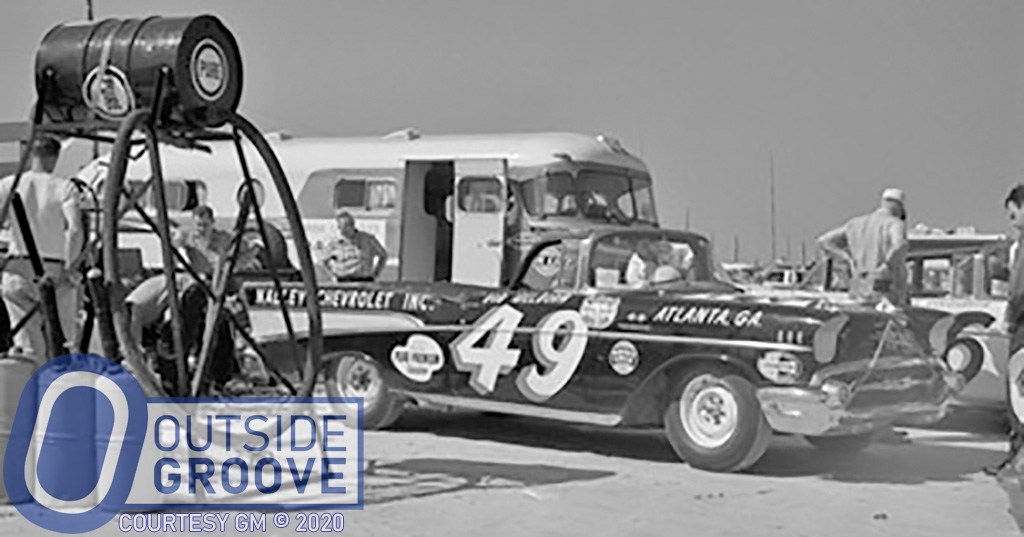
Going Back to the Hardtops
In 1959, Welborn competed in 29 of the NASCAR Cup Series’ 44 events. He started the season off with a win in the series’ first race of the year, which was held in Fayetteville, North Carolina. He recorded five poles and three wins that year — his final triumphs on stock car racing’s grandest stage.
From 1960 through 1964, Welborn raced sporadically in the NASCAR Cup Series, scoring 14 top-fives, but no wins or poles. At the end of 1963, he retired, although he ran three more times in ’64, with two top-fives. Welborn, a king of short tracks, saw his favorite ovals disappear from the schedule in favor of larger speedways. In a career spanning 13 years, he racked up nine wins and seven poles in 183 NASCAR Cup Series races.
It is difficult to think of Bob Welborn without his ever-present cigar in his mouth. That cigar provided a good way to read his thoughts. If it was small and frayed from chewing, Welborn had problems. If the cigar was new and full, and he puffed on it, Welborn was doing well. But he was most dangerous when he held it in his fingers because even if he was talking, he was also thinking, and he had found an edge on you or other rivals.
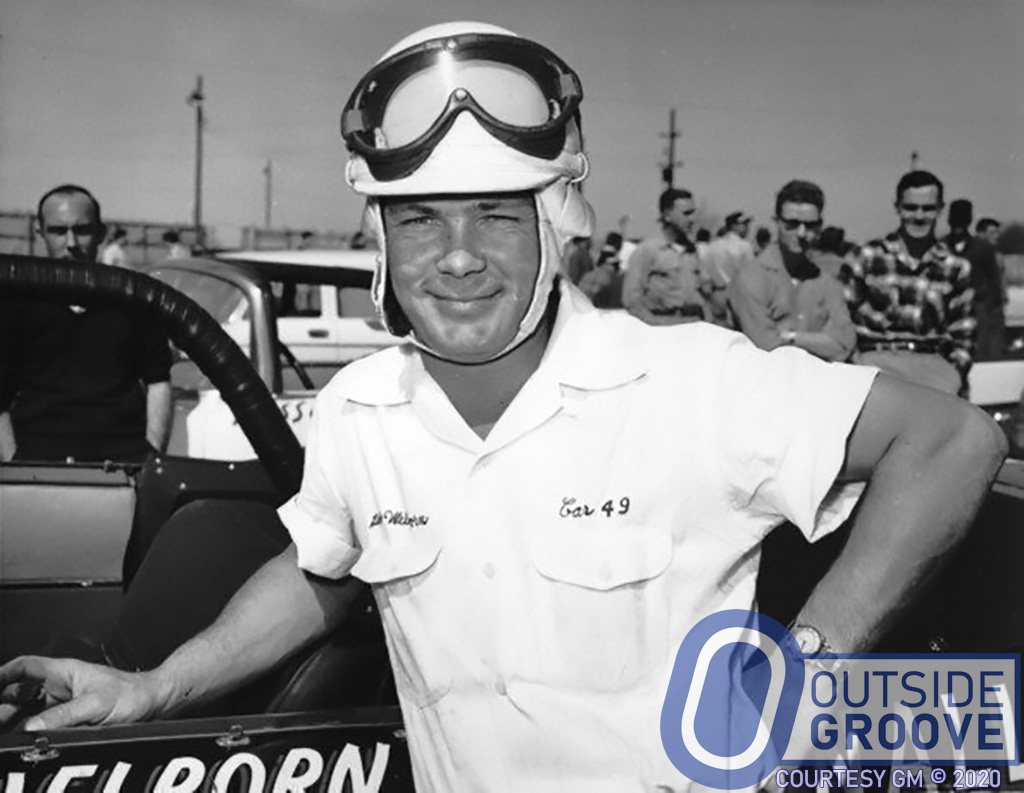
In 1982, Bob Welborn was inducted into the National Motorsports Press Association (NMPA) Hall of Fame. NASCAR named him as one of NASCAR’s 50 Greatest Drivers in 1998. Bob Welborn passed away on August 10, 1997.
Despite over sixty years of time passing since the NASCAR Convertible Series last had a race, when you think of the division, the first name that comes to mind is Bob Welborn.
The Outside Groove contributor from Papillion, Nebraska, became hooked on auto racing after attending races at the Nebraska State Fair during the 1950s to ’60s. After retiring from the corporate world, Ackerman started writing about the sport for publications such as Dirt Late Model, Flat Out, Dirt Modified, and Omaha World-Herald. He also spent a number of years working for I-80 Speedway in Greenwood, Nebraska.

